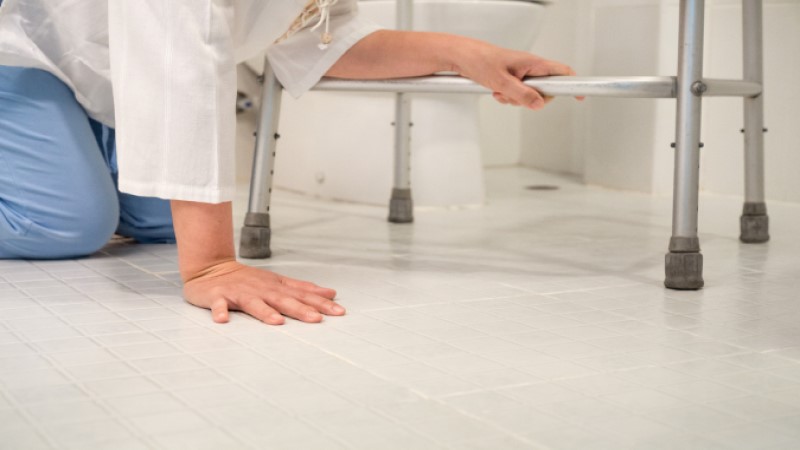Prehospital treatment of rhabdomyolysis in people who fall
Of people aged 65 and older, 30% will fall at least once per year—for people aged over 80, this rises to 50%. Patients who remain on the floor for a long time are at risk of developing rhabdomyolysis. If a person cannot move or get off the floor, tissue necrosis can occur at the point of contact and skeletal muscle is destroyed, releasing its contents into the bloodstream. This can eventually lead to crush syndrome, which includes rhabdomyolysis, hyperkalemia, dysrhythmias and acute kidney injury, and can be fatal. There are no guidelines for a time period when rhabdomyolysis is more likely to occur nor international consensus on how to best treat this condition in and out of hospital. This article looks at rhabdomyolysis resulting from falls in elderly people, and how to recognise and manage it. The aim is to improve awareness of rhabdomyolysis among prehospital practitioners so they can improve its management and advise patients at home.
